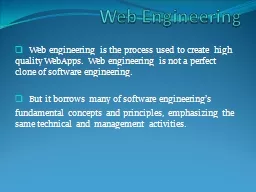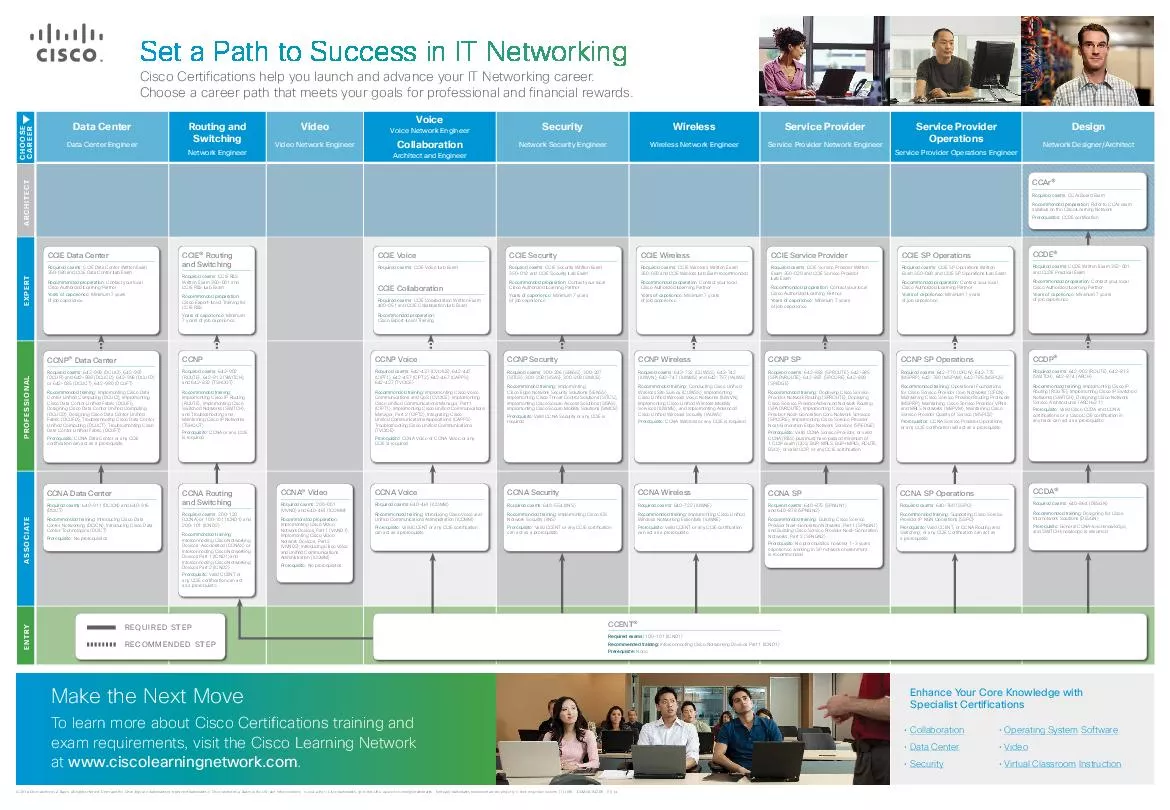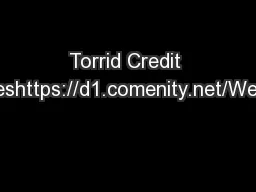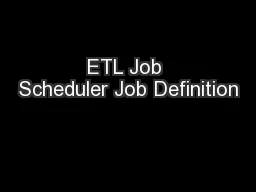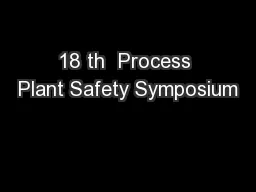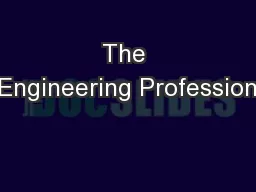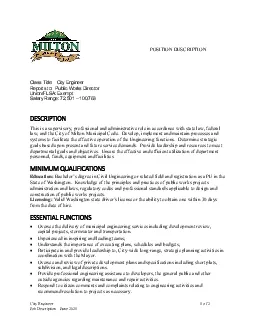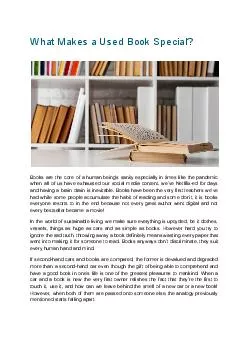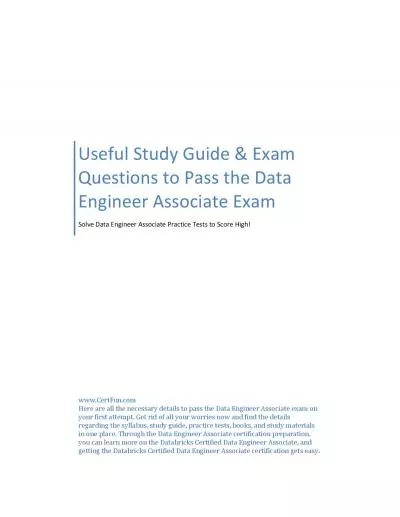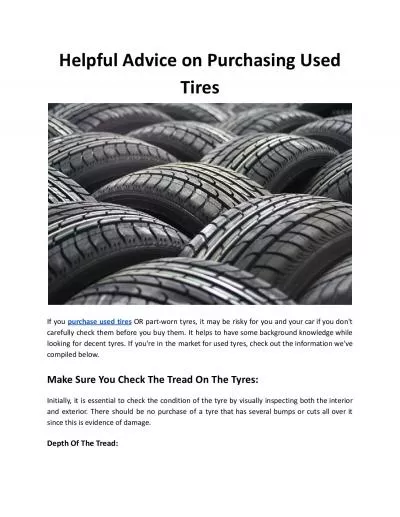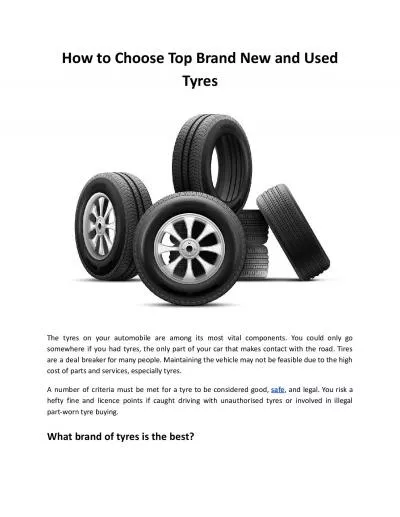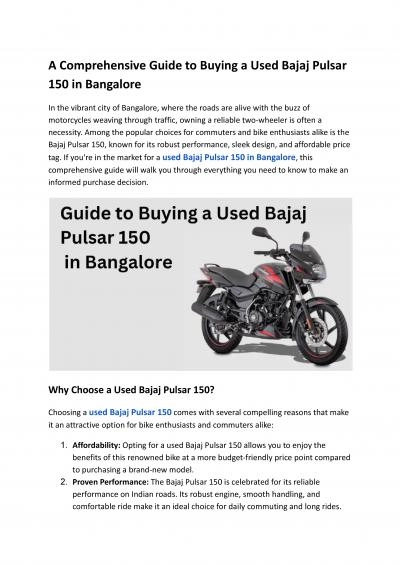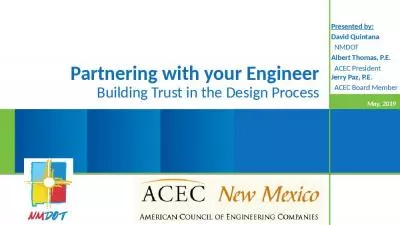PPT-Web Engineering Web engineering is the process used to create high quality WebApps.
Author : projoutr | Published Date : 2020-11-06
But it borrows many of software engineerings fundamental concepts and principles emphasizing the same technical and management activities Why is it important As
Presentation Embed Code
Download Presentation
Download Presentation The PPT/PDF document "Web Engineering Web engineering is th..." is the property of its rightful owner. Permission is granted to download and print the materials on this website for personal, non-commercial use only, and to display it on your personal computer provided you do not modify the materials and that you retain all copyright notices contained in the materials. By downloading content from our website, you accept the terms of this agreement.
Web Engineering Web engineering is the process used to create high quality WebApps.: Transcript
Download Rules Of Document
"Web Engineering Web engineering is the process used to create high quality WebApps."The content belongs to its owner. You may download and print it for personal use, without modification, and keep all copyright notices. By downloading, you agree to these terms.
Related Documents

